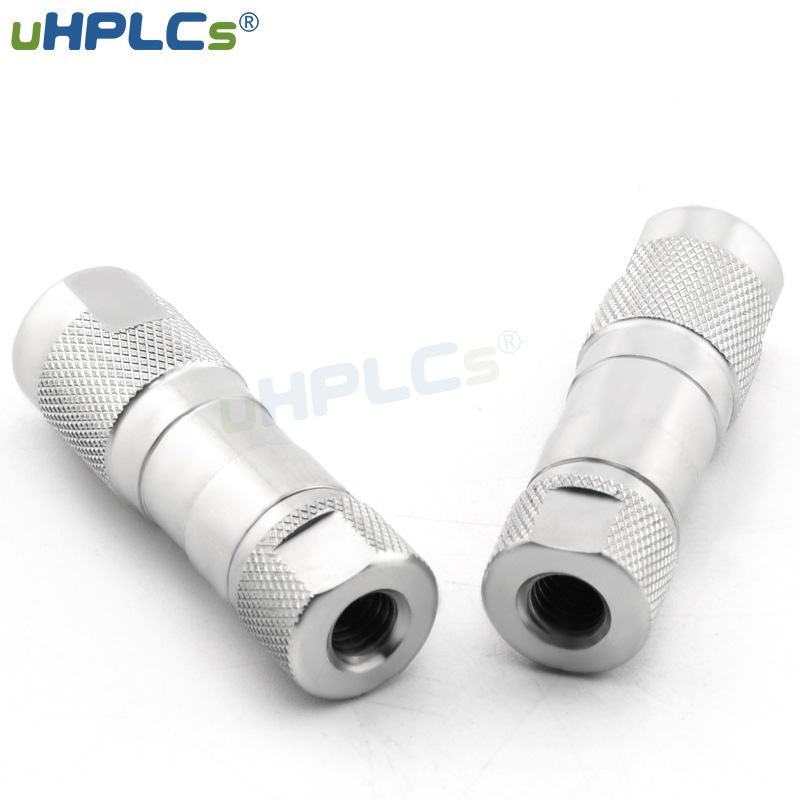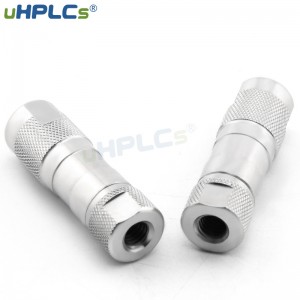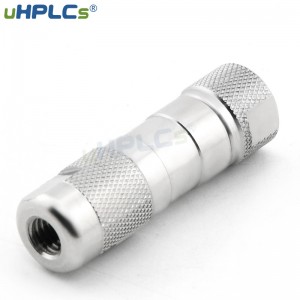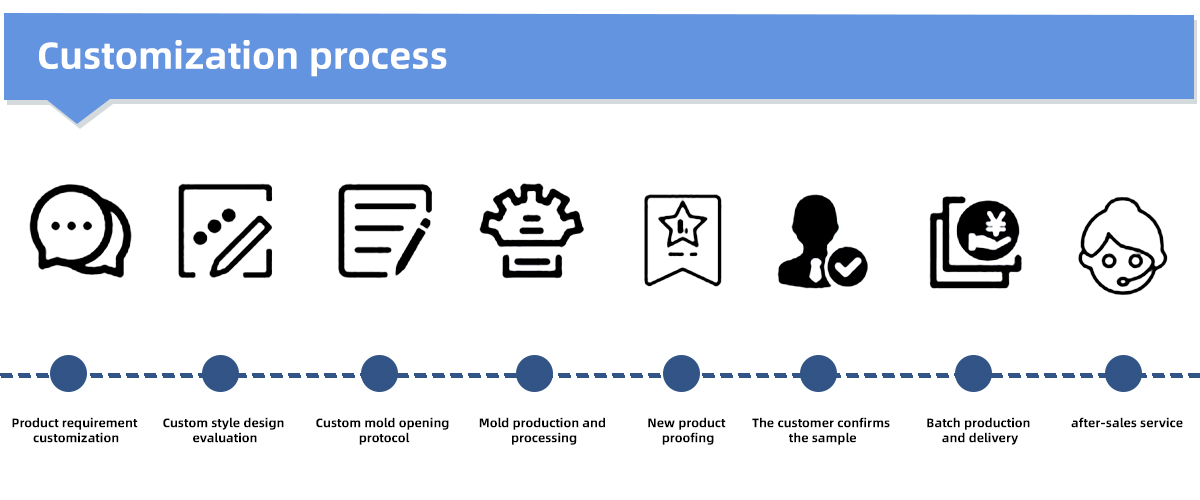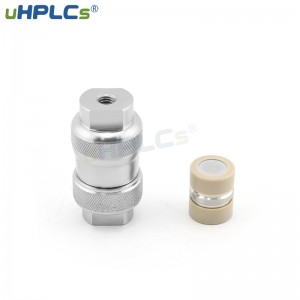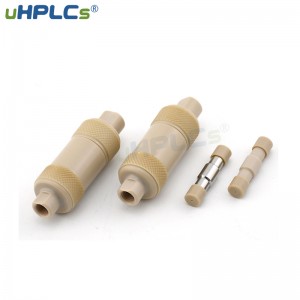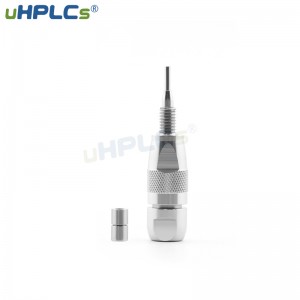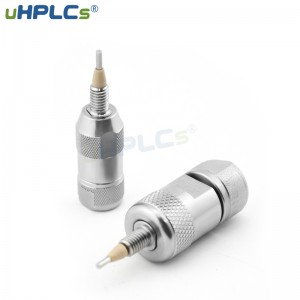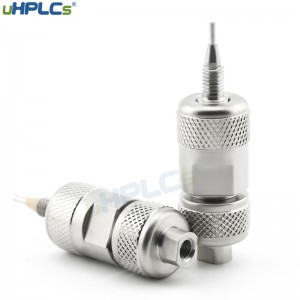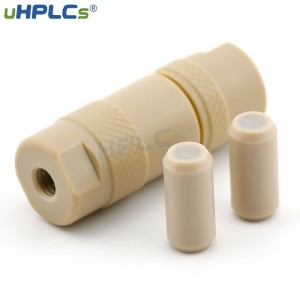column guard hplc (analytical) uHPLCs® 100-5 C8
The possible ways in which a column can get blocked?
Sample Matrix:
Samples introduced onto the HPLC column are often diverse and complex. These samples have many components that might not be compatible with the HPLC method conditions. Injecting such samples without proper sample preparation/pretreatment might lead to the clogging of the column.
Residual proteins and highly hydrophobic compounds like lipids may also not be completely eluted out during reversed phase separations, these tend to slowly get adsorbed onto the column and cause issues.
Incompatible sample diluent and mobile phase:
If the sample diluent is not compatible with the mobile phase then when a sample is introduced into the mobile phase, there is a possibility of the sample precipitating. This is often seen if the diluents are too polar or too non-polar compared to the mobile phase.
Mobile phase buffers:
Buffers are commonly used as mobile phase in HPLC. It is important that these buffer salts be filtered prior to use. Sometimes, due to the difference in the temperature of the laboratory, some of the buffer components tend to precipitate. Using too high concentration of buffer also leads to precipitation.
Fragments from worn out pump seals/rotor seals of injector:
Pump seals and injector rotor seals are often made of rubber material. Due to normal wear and tear, these components tend to generate some debris into the solvent line. If periodic maintenance of the pumps and the injector ports are not done, the debris tends to reach the column frit and block the column.
Now that we know the possible ways in which a column can get blocked. How do we protect it?
To protect HPLC columns (analytical and preparative) from contamination, like particulates from the injection, unfiltered mobile phase components or fragments from worn pump seals/ rotor seals from the injector, it is recommended to use a guard column.
What is a guard column?
A guard column is essentially a mini column, ideally packed with the identical packing material as that of the analytical column and is connected before the analytical column. These columns come in various dimensions to match the requirement of the columns. The frit in the guard columns is like the one in the analytical column. This would mean that anything that might potentially block the analytical column would be blocked on the guard column. This block can then be removed by simply replacing the guard cartridges, thereby protecting the life of the analytical column.


